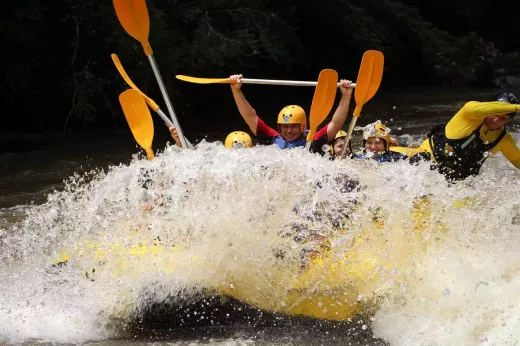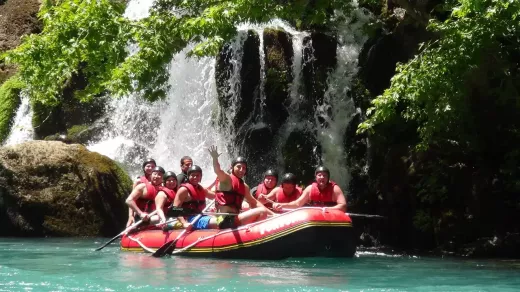Importance of safety in mountain biking
Safety should always be your top priority when mountain biking. The sport involves riding on rugged terrain, which can be significantly different from the smooth roads or paths that you might be used to. Mountain biking requires a higher level of physical fitness, technical skills, and mental focus than other forms of cycling. Therefore, it's crucial to be prepared and take the necessary precautions before hitting the trails.
One of the most important things you can do to stay safe is to wear proper safety gear. This includes a helmet, gloves, and knee and elbow pads. These items can help protect your head, hands, and other parts of your body in the event of a fall or collision. Additionally, it's important to wear appropriate clothing that is comfortable, breathable, and allows you to move freely.
Lastly, it's essential to be aware of your surroundings and the conditions on the trail. Always check the weather forecast before heading out, and be prepared for changes in weather conditions. It's also important to know the trail's difficulty level and be realistic about your abilities. If you're not sure if a trail is suitable for you, start with an easier one and work your way up.
Essential safety gear for mountain biking
As mentioned earlier, wearing proper safety gear is essential for mountain biking. Here's a closer look at some of the essential items you should have before hitting the trails:
Helmet
A helmet is the most crucial piece of safety gear you can wear when mountain biking. It protects your head from impact in the event of a fall or collision. When choosing a helmet, make sure it fits properly and is certified by a reputable safety organization such as the Consumer Product Safety Commission.
Gloves
Gloves are another vital piece of safety gear for mountain biking. They protect your hands from blisters, cuts, and scratches while also providing a better grip on the handlebars. Look for gloves that are breathable, have good padding, and fit snugly.
Knee and elbow pads
Knee and elbow pads provide an additional layer of protection for your joints in the event of a fall or collision. They also help prevent cuts and bruises. When choosing pads, look for ones that fit snugly, have good padding, and are comfortable to wear.
Checking your bike before hitting the trails
Before you hit the trails, it's important to check your bike to ensure it's in good working condition. This will help prevent mechanical failures that could lead to accidents. Here's a checklist of things to inspect:
Tires
Check your tires for any signs of wear or damage. Make sure they are properly inflated and have enough tread.
Brakes
Test your brakes to make sure they are working correctly. Make sure the brake pads are not worn down and that the brake cables are not frayed.
Chain and gears
Inspect your chain and gears for any signs of wear or damage. Make sure your chain is properly lubricated and that your gears shift smoothly.
Suspension
If your bike has suspension, check it for any signs of wear or damage. Make sure it's working correctly and adjusted to your weight and riding style.
Tips for riding uphill and downhill
Riding uphill and downhill are two of the most challenging aspects of mountain biking. Here are some tips to help you navigate these terrains safely:
Uphill
When riding uphill, it's important to maintain a steady pace and use your gears to your advantage. Shift to an easier gear to make it easier to pedal, and stand up to use your body weight to help you climb. Keep your eyes on the trail ahead to anticipate any obstacles.
Downhill
When riding downhill, it's important to maintain control and use your brakes wisely. Keep your weight back and your elbows and knees bent to absorb shocks. Use both brakes simultaneously to slow down or stop, but avoid locking up your wheels, which could cause you to lose control.
Dealing with obstacles on the trail
Obstacles such as rocks, roots, and fallen trees are common on mountain bike trails. Here are some tips for dealing with these obstacles safely:
Rocks and roots
When riding over rocks and roots, keep your weight back and your elbows and knees bent to absorb shocks. Use your momentum to carry you over the obstacle, and look ahead to anticipate the next one.
Fallen trees
When riding over a fallen tree, approach it at a slow speed and lift your front wheel over it. Then, lean back and lift your rear wheel over it. Alternatively, you can dismount and walk your bike over the tree.
Navigating sharp turns and switchbacks
Sharp turns and switchbacks can be challenging to navigate, especially at high speeds. Here are some tips to help you safely navigate these turns:
Sharp turns
When approaching a sharp turn, slow down and shift your weight to the outside of the turn. Keep your inside foot up and your outside foot down to maintain balance. Look ahead to anticipate the end of the turn.
Switchbacks
When navigating a switchback, approach it at a slow speed and shift your weight to the outside of the turn. Turn your handlebars in the direction of the turn and lean your bike into the turn. Keep your inside foot up and your outside foot down to maintain balance.
Riding in different weather conditions
Mountain biking can be enjoyed in a variety of weather conditions, but it's important to be prepared and adjust your riding style accordingly. Here are some tips for riding in different weather conditions:
Rain
When riding in the rain, be prepared for slippery conditions and reduced visibility. Slow down and avoid sudden movements. Use your brakes gently and avoid sharp turns.
Wind
When riding in windy conditions, keep a firm grip on your handlebars and lean into the wind to maintain balance. Avoid riding in crosswinds, which can be dangerous.
Heat
When riding in hot weather, stay hydrated and take breaks as needed. Wear light-colored, breathable clothing and use sunscreen to protect your skin.
Trail etiquette and sharing the trail with others
Mountain biking is a shared activity, and it's important to be courteous and respectful to other riders, hikers, and trail users. Here are some tips for trail etiquette:
Yielding
Yield to uphill riders and hikers. Slow down and announce your presence when passing others. Stay on designated trails and avoid cutting switchbacks.
Noise
Keep noise levels to a minimum and avoid shouting or playing music loudly. Respect the environment and wildlife.
Trash
Pack out all trash and avoid leaving any litter on the trail. Respect the environment and keep the trails clean.
Emergency preparedness and first aid
Accidents can happen, even when you take all the necessary precautions. It's important to be prepared and know how to handle emergencies. Here are some tips for emergency preparedness and first aid:
First aid kit
Carry a small first aid kit with essential supplies such as bandages, gauze, and antiseptic. Know how to treat common injuries such as cuts, scrapes, and bruises.
Communication
Carry a fully charged cell phone and let someone know your route and estimated time of return. If you're riding alone, consider carrying a personal locator beacon.
Emergency procedures
Know how to handle emergencies such as a broken bone, head injury, or severe bleeding. Call for help immediately and stay with the injured person until help arrives.
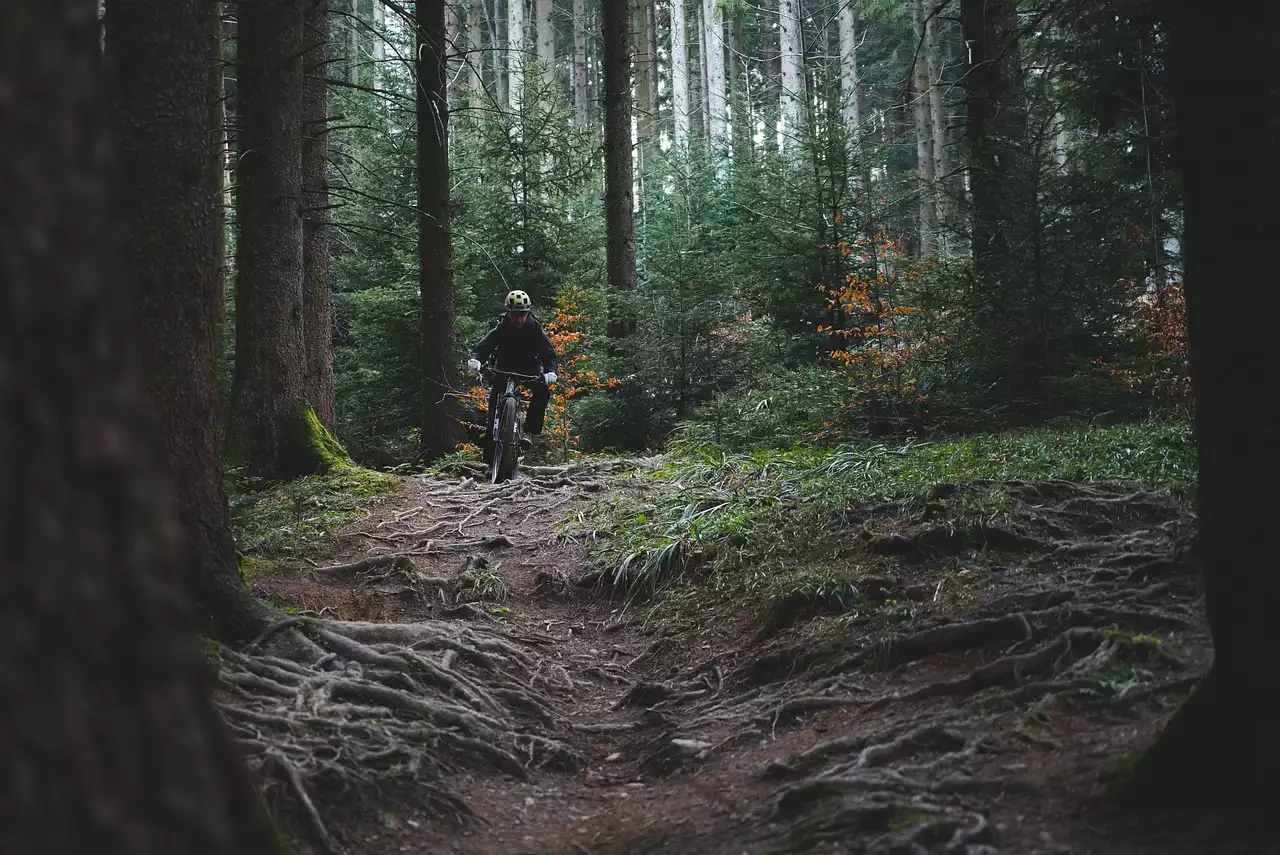

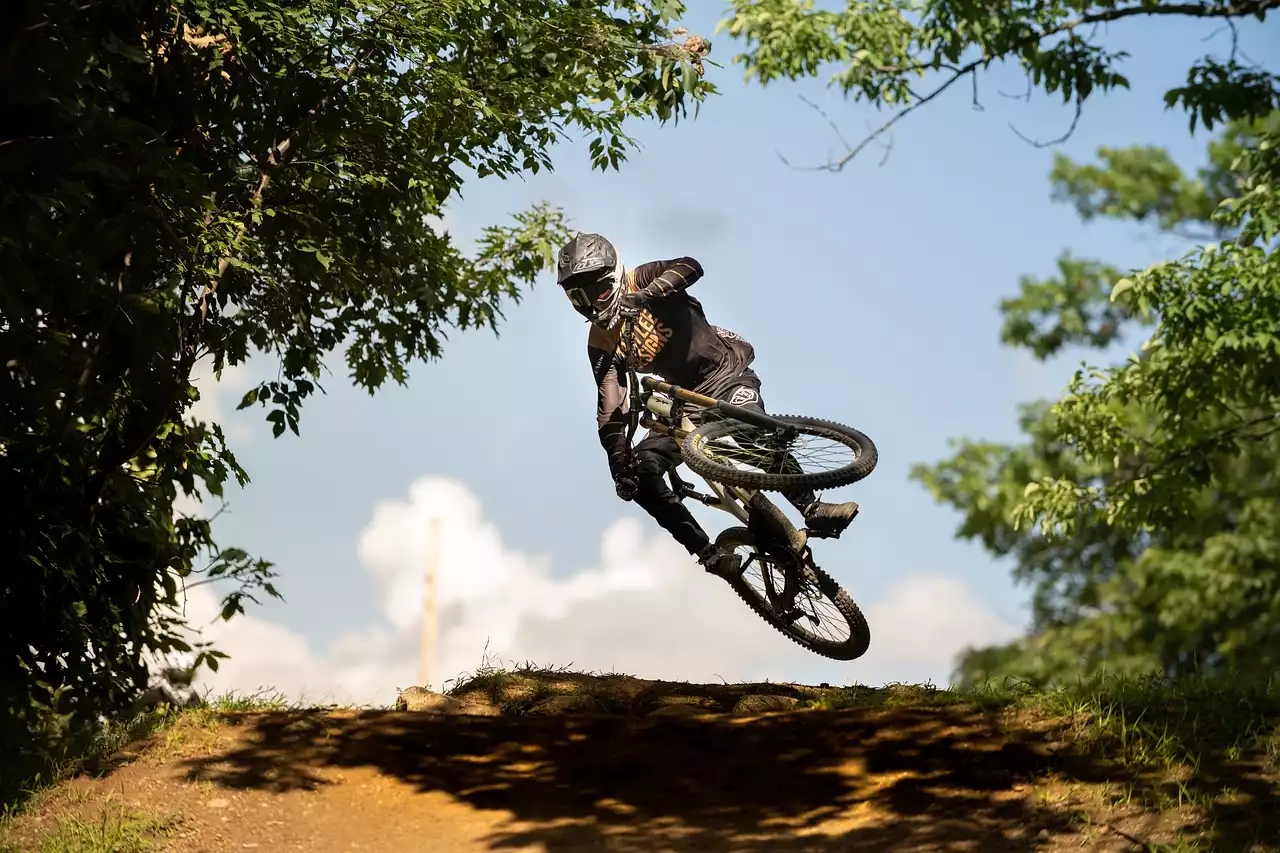
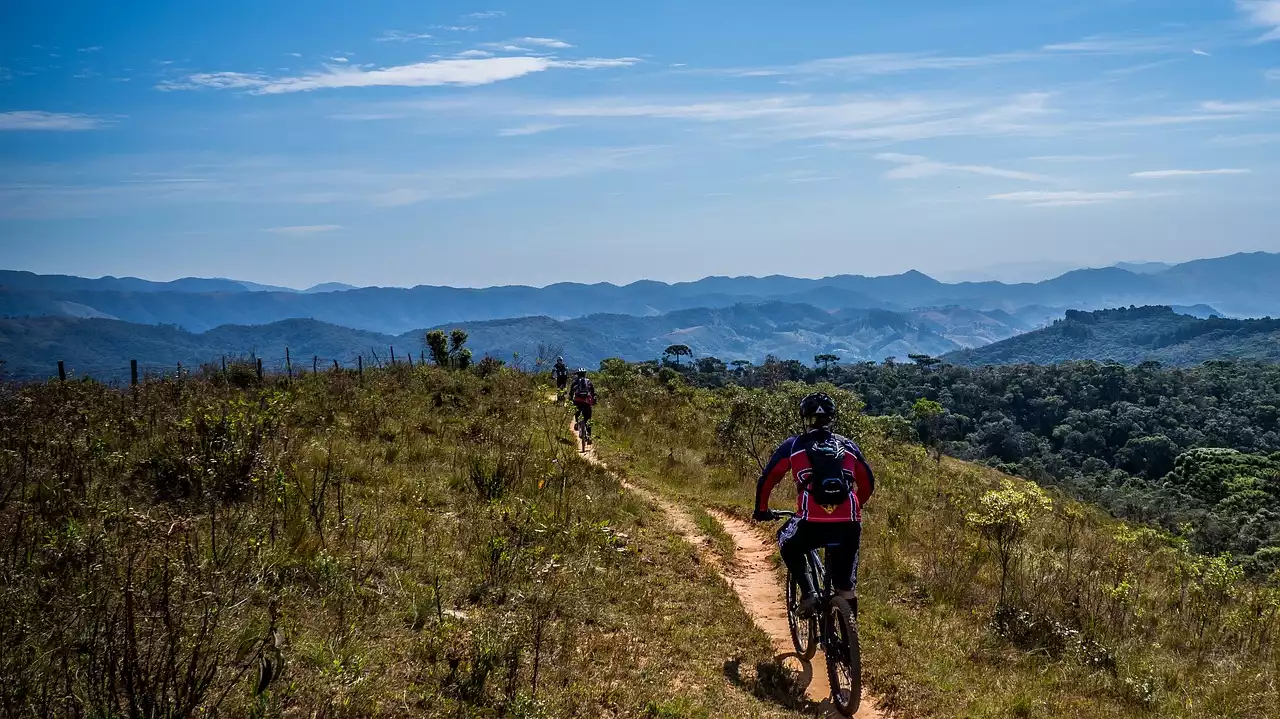
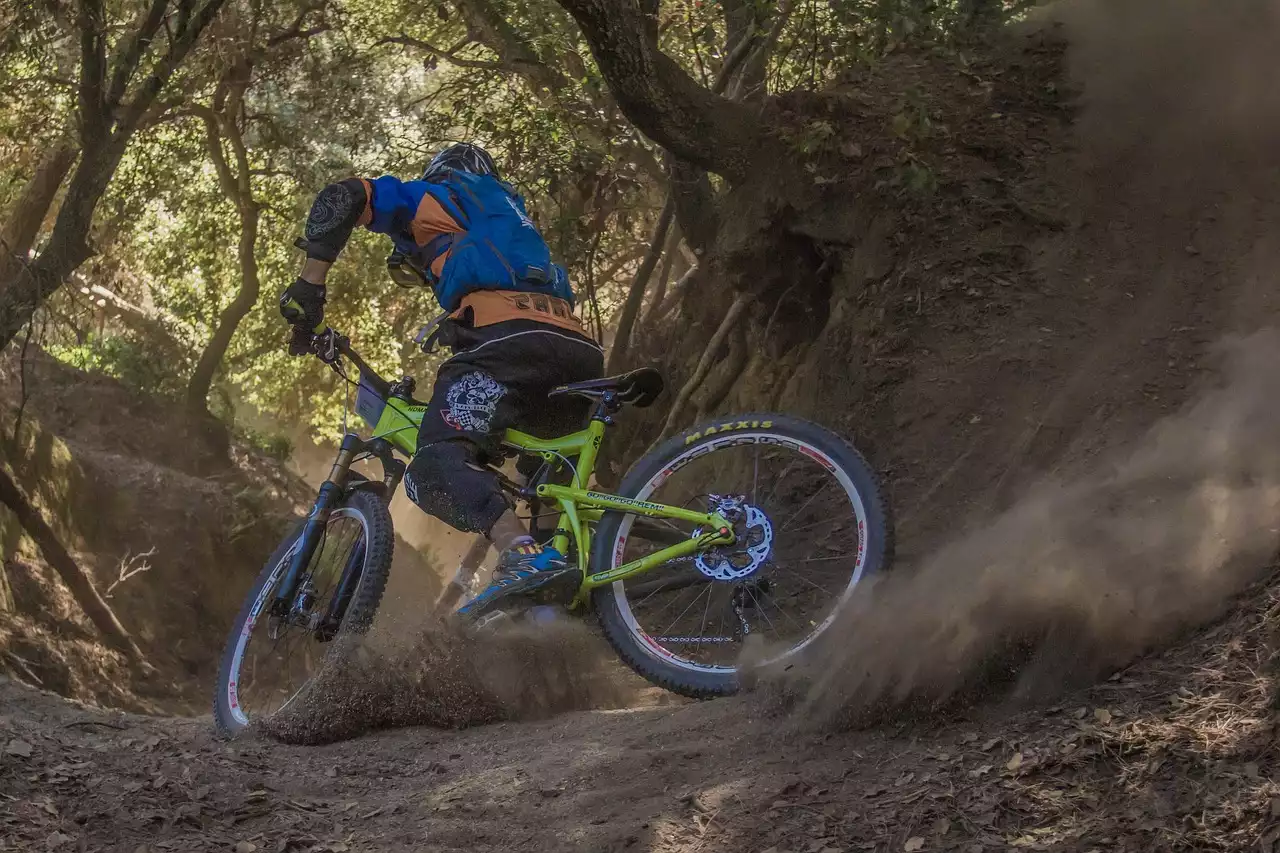
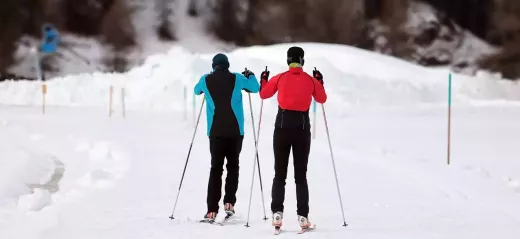
.png?size=50)
